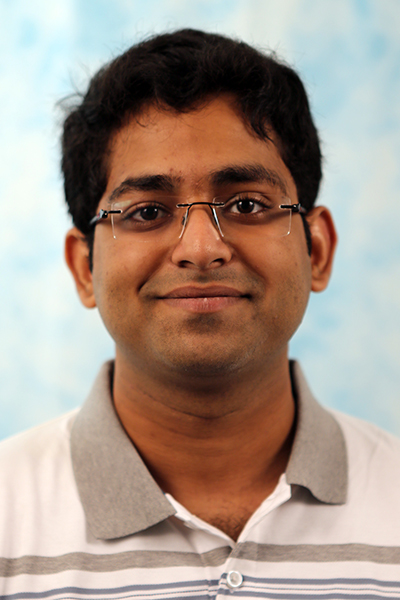
PhD Thesis Defense
December

Abstract:
Imaging systems typically accumulate photons that, as they travel from a light source to a camera, follow multiple different paths and interact with several scene objects. This multi-path accumulation process confounds the information that is available in captured images about the scene and makes using these images to infer properties of scene objects, such as their shape and material, challenging.
Computational light transport techniques help overcome this multi-path confounding problem, by enabling imaging systems to selectively accumulate only photons that are informative for any given imaging task. Unfortunately, and despite a proliferation of such techniques in the last two decades, they are constrained to operate only under macroscopic settings. This places them out of reach for critical applications requiring microscopic resolutions, such as medical imaging and industrial fabrication.
In this thesis, we change this state of affairs by introducing a new class of techniques that we call computational interferometric imaging: These techniques realize computational light transport capabilities using optical interferometry, a technology well-suited for micron-scale applications. We achieve this by either manipulating the properties of illumination used in interferometry setups or using naturally-available illumination with such properties.
To this end, we develop a theory of interferometry with illumination of general spatial and temporal coherence, unifying concepts across incoherent and coherent imaging. We invent and implement a hardware system that realizes such illumination in a programmable and light-efficient manner. We then specialize our hardware system to enable two exciting capabilities: (a) fast and robust 3D sensing at micrometer axial and lateral resolutions; and (b) passive, outdoor time-of-flight imaging with sunlight, robust to wind, vibrations, and ambient light, factors traditionally considered destructive to interferometry signal. Finally, we provide concrete directions for building faster and more robust extensions of our setups that can be easily deployed in existing interferometry systems in applications ranging from industrial fabrication and inspection, to retinal and cancer imaging.
Thesis Committee Members:
Ioannis Gkioulekas, Chair
John Galeotti
Aswin Sankaranarayanan
Kiriakos Kutulakos, University of Toronto